Apt Interio specializes in designing modern home offices that blend functionality, style, and comfort to support today’s evolving remote work needs. Our approach emphasizes ergonomic furniture like adjustable desks and supportive chairs for maximum comfort. We integrate smart technology for seamless workflows, including voice-activated controls and organized cable management. Apt Interio incorporates biophilic elements such as natural light, indoor plants, and earthy tones to promote well-being.The home office has become a cornerstone of modern living, driven by the rise of remote work, freelance opportunities, and flexible working arrangements. Interior design and architecture practices for home offices focus on functionality, comfort, aesthetics, and productivity. Here’s a look at the latest trends and best practices shaping home office spaces today.
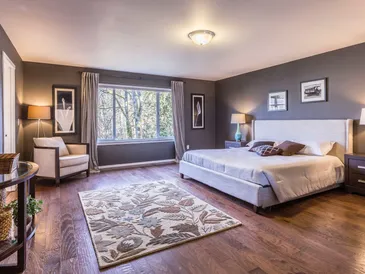
A key focus in home office design is the health and comfort of the user, leading to a demand for ergonomic furniture that supports posture and minimizes strain. This includes:
Tip: Invest in ergonomic accessories like wrist rests, footrests, and anti-fatigue mats for added comfort.
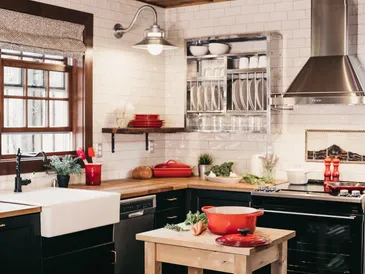
Incorporating elements of nature into the home office can boost well-being and productivity. This trend features:
Why it Works: Biophilic design helps to reduce stress, enhance creativity, and increase focus.
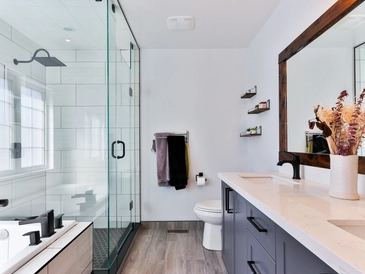
Smart home technology has permeated home offices, providing convenience and efficiency. This includes:
Tech integration ensures that home offices are highly functional and adaptable to modern workflows.
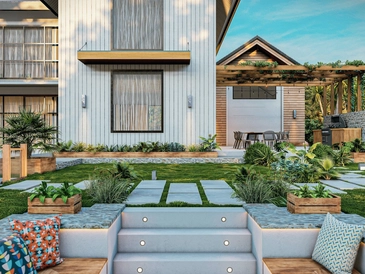
A home office should reflect the user’s personality and taste, blending seamlessly with the rest of the home. Key practices include:
Pro Tip: Decorate with items that motivate or spark creativity while avoiding clutter.
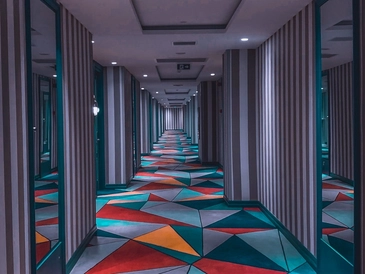
A clean, uncluttered space promotes focus and productivity. Minimalist home offices emphasize:
Minimalist design ensures your home office is a place of focus and peace, free from unnecessary distractions.

With home offices often doubling as multi-use spaces, modular furniture provides flexibility. This includes:
Flexible furniture allows you to maximize functionality, even in limited space.
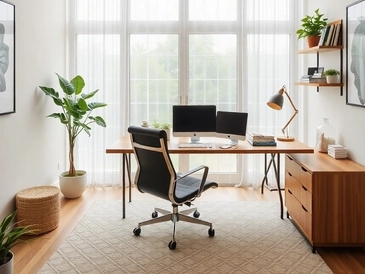
A productive home office minimizes distractions. Soundproofing solutions are increasingly popular and include:
This trend ensures greater focus, especially in busy households or when attending virtual meetings.

As remote work becomes more commonplace, dedicated home office spaces or pods are gaining popularity. This includes:
Dedicated spaces create clear boundaries between work and personal life, aiding work-life balance.
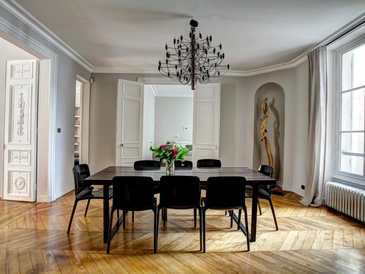
Colors influence mood and productivity, with designers using color psychology to create an optimal working environment. Popular practices include:
Choosing the right colors can positively impact concentration and overall well-being.

Bringing the outdoors in remains a strong design influence, especially in homes with access to outdoor spaces. This trend features:
This approach blurs the boundaries between indoor and outdoor living, creating airy and refreshing spaces.
The modern home office blends style, comfort, and technology to meet the evolving needs of remote work and productivity. Whether focusing on ergonomic furniture, tech integration, or creating a calming environment, these design trends aim to enhance functionality, creativity, and overall well-being in home office spaces. Minimalist designs with hidden storage keep spaces clutter-free, while personalized decor and flexible modular furniture adapt to various needs.
Lorem ipsum dolor sit amet, consectetur adipiscing elit. Ut elit tellus, luctus nec ullamcorper mattis, pulvinar dapibus leo.